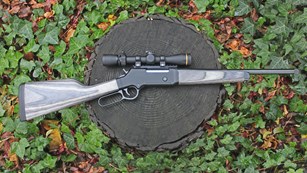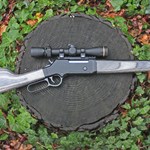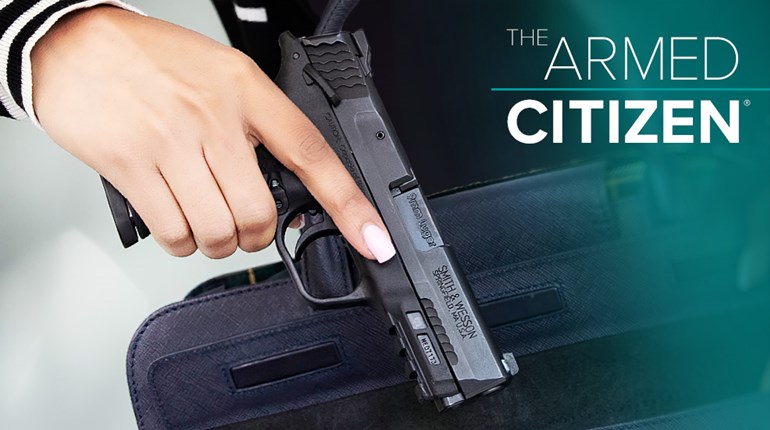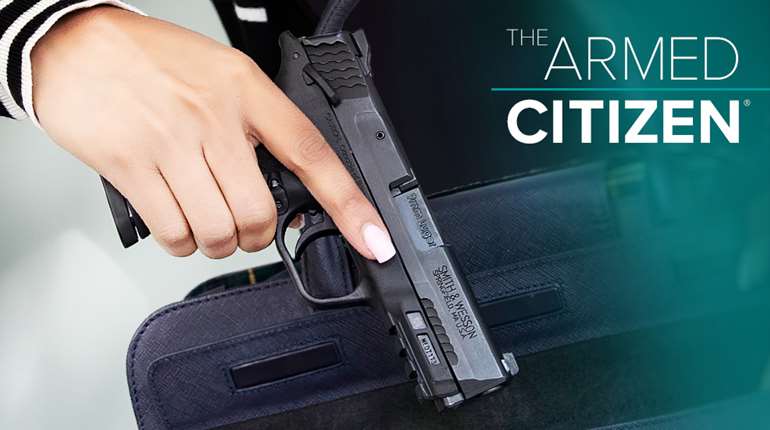
You might have read about command presence here before. We talk about it a lot at NRA Women, because it’s an important self-defense tool. What’s command presence? In this article, Executive Editor Wendy Lafever called it, “Sounding like She Who Must Be Obeyed,” and I think that’s a great summary. I’m willing to bet you can immediately think of someone who just speaks and people listen. That person probably has great command presence.
Command presence isn’t automatically a man thing, although it does seem men have an advantage because they’re (on average) bigger than us and have deeper voices. Did you have a mom or grandma who could just glare at you a certain way and you immediately fell into line? That’s command presence. Some people are born with command presence, while others have to work at developing it. It’s not necessarily just bossing people around or being loud, either. It’s more about not sounding like someone who would be easy to victimize. It’s part attitude, part physicality, part actual voice and word choice.
You need to be able to summon command presence at a moment’s notice—it might be the last thing that stops an attack from happening or keeps you from having to go to your gun. But if you’re naturally quiet or timid, or you have a small frame or a high-pitched voice that makes it hard for people to take you seriously, you can still summon command presence. How?
Attitude, Voice, Body Language
First, understand that your attitude has a lot to do with how seriously you’re taken. You’re going to use your voice to demonstrate command presence, but when you do, you have to mean it. You might be scared to death, but you have to have the confidence that you know how to handle this situation if it goes to the next step—and that kind of confidence is borne out of preparation. The more range practice, training and mental game exercises you have done up until the moment of truth, the more confident you’ll be that you can follow through.
Understand that politeness is out the window at this point. You do not owe anyone—stranger or not—niceties or the benefit of the doubt. If you’re uncomfortable for any reason, you don’t have to hide that discomfort behind social norms or try to avoid making a scene. Make a scene.
When it’s time to use your voice, do not hesitate and do not ask. Tell. Tell with your voice as well as your body language. This is as serious as it’s ever going to get, so lower your voice as much as you can and get as loud as you can. Tap into that part deep down inside of you that would do absolutely anything to protect yourself and your loved ones. Plant your feet if you can and face the individual squarely. Balance your weight with one foot slightly ahead of the other, bearing a little more of your weight—you might not realize it, but this is a defensive body posture, and every human will subconsciously recognize that you’re preparing for a fight rather than cowering in fear. Depending on the situation, you might move your hand to the grip of your gun—but only do this if you are ready to draw it and use it immediately if it becomes necessary.
The time for discussion is over, so don’t mince words. Have a go-to word that works in almost any situation and is universally understood—“no” or “stop” are your best options. Don’t waste time with things like “Can I help you?” or “That’s close enough, please don’t come any closer.” “Stop” is straight to the point. The potential bad guy will either obey or he won’t, and then you’ll know it’s time for condition red.
What Command Presence Is Not
Let me tell you what command presence is not: It’s not cursing at someone, threatening him or attempting to intimidate him. Depending on the type of criminal you’re dealing with, threats and insults will probably make the situation worse. You want to end this encounter, if possible, not escalate it. You want to convey that you’re not a good victim and the bad guy should move on. Cursing him out, insulting his manhood or challenging him with something really dumb like, “You don’t have the guts to shoot me,” is not command presence.
Command presence isn’t a discussion or an attempt to scare him off. You’re not trying to talk your way out of anything by being polite and explaining yourself. You’re just trying to fail the criminal interview and get out of this—that’s all. Be loud and firm, and remember, you’re not asking him to comply. You’re telling him what to do, and if he doesn’t listen, you’re not helpless. You have a last-ditch measure strapped to your hip.
Practice It
You can practice your command voice at home. It’s going to feel weird, but you might be surprised how difficult this is to summon if you’ve never practiced it. Get that weirdness and practice out now so you’re ready when you need it. When you’re doing dry-fire practice at home, practice deepening your voice and hollering, “STOP!” as you draw your gun. You might even decide to incorporate this “STOP!” as a regular, automatic part of your gun presentation. Once you practice it the first time, try to do it lower and louder the second time. Mean it.
That single word, and the body language you use while you deploy it, might be the difference between a bad day and a really bad day. You must get it right.
Command presence isn’t just a function of body size and a big, booming voice. It’s an attitude that demands respect. It’s body language that clearly communicates you’re ready for what comes next. It’s a voice and words that are bold, simple and to-the-point that let the world know you’re not about to become a victim. You can develop all of these characteristics with some practice and a deep commitment to self-preservation.
—Jo Deering













































